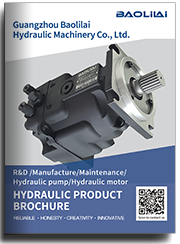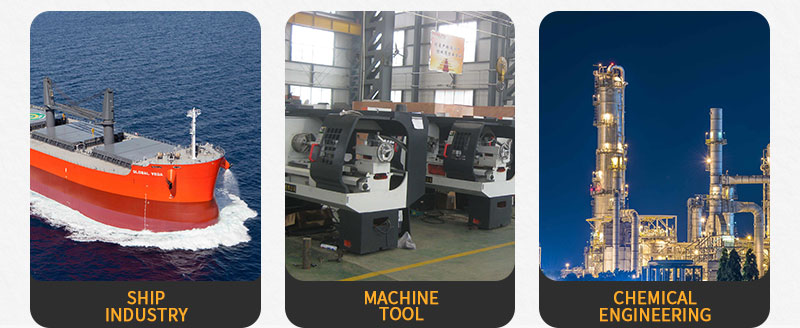KRR045DLS2128NNN3C2NKA6NKNBNNNNNN high pressure pump
KRR045DLS2128NNN3C2NKA6NKNBNNNNNN high pressure pump

- Product Details
- Applicable Scene
The automotive industry has continually evolved, leading to the incorporation of advanced technologies that enhance vehicle performance and safety. Among these innovations, hydraulic systems play a crucial role, particularly in braking and steering systems. Hydraulic oil pumps are integral components in these systems, ensuring efficient power transfer and responsiveness. This article explores the design considerations, types, and applications of hydraulic oil pumps for hydraulic brakes and steering systems in cars.
KR-R-045D-LS-21-28-NN-N-3-C2NK-A6N-KNB-NNN-NNN
KRR045DLS2128NNN3C2NKA6NKNBNNNNNN
Hydraulic systems function based on Pascal’s principle, which states that pressure applied to a confined fluid is transmitted undiminished throughout the fluid. In automotive applications, this principle is leveraged by hydraulic oil pumps to create the necessary pressure for brake actuation and steering assistance. The design of these pumps must focus on several critical factors, including efficiency, reliability, and performance under varying operating conditions.

80004321
One of the primary design considerations is pump type. Common types of hydraulic pumps used in vehicles include gear pumps, vane pumps, and piston pumps. Gear pumps are often favored for their simplicity and reliability, making them suitable for a wide range of applications, including low-pressure hydraulic systems. Vane pumps offer a good balance of efficiency and cost, providing adjustable displacement, which makes them ideal for applications requiring varying fluid flow rates. Piston pumps, on the other hand, are utilized in high-pressure systems, where precise control and high performance are paramount.
Another essential aspect of pump design is material selection. The materials must withstand high pressure and temperature fluctuations, as well as potential chemical exposure from hydraulic fluids. Common materials for hydraulic oil pumps include aluminum alloys for lightweight applications and high-strength steels for durability. Additionally, seals and gaskets must be designed to prevent leaks while ensuring compatibility with the hydraulic fluid used.
Hydraulic oil pump design must also account for noise and vibration. In modern automotive design, customer expectations for comfort and refinement have increased. Therefore, engineers employ various methods to minimize noise generated by pumps, such as optimizing their geometries, using sound-dampening materials, and implementing vibration isolation mounts.
Performance testing is another critical stage in the design process. Hydraulic pumps must undergo rigorous testing to evaluate their flow rate, pressure output, and response time. These tests ensure that the pumps meet the stringent performance criteria required for safe and reliable braking and steering functions. Furthermore, simulation tools like Computational Fluid Dynamics (CFD) are increasingly used to analyze fluid behavior within the pump, allowing designers to optimize performance before physical prototypes are built.





